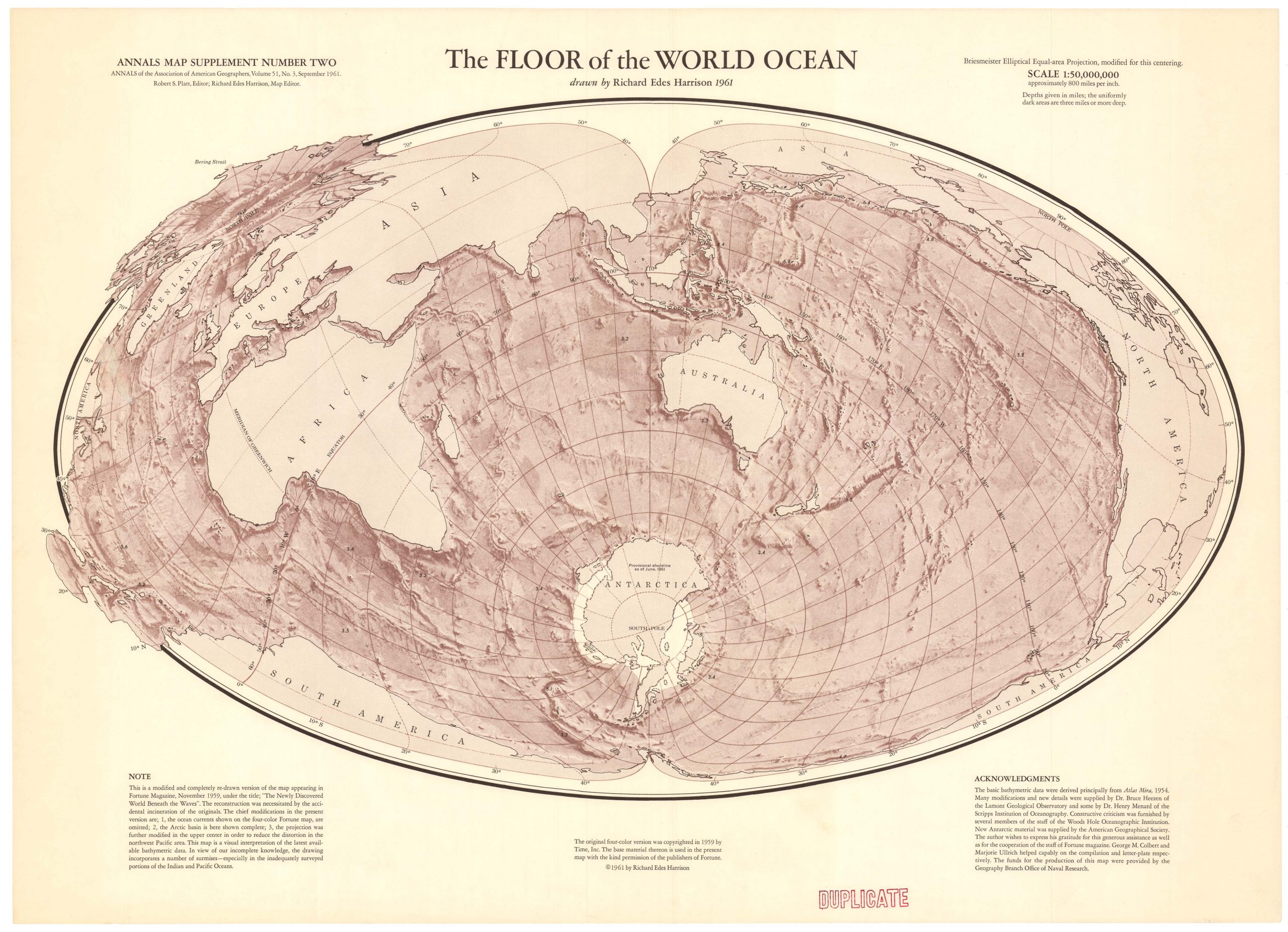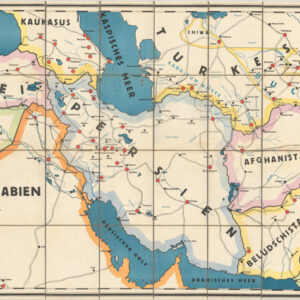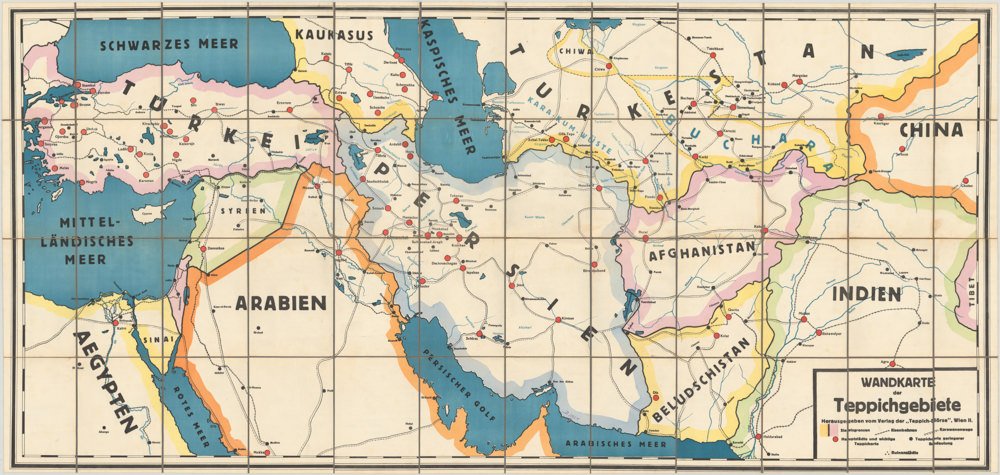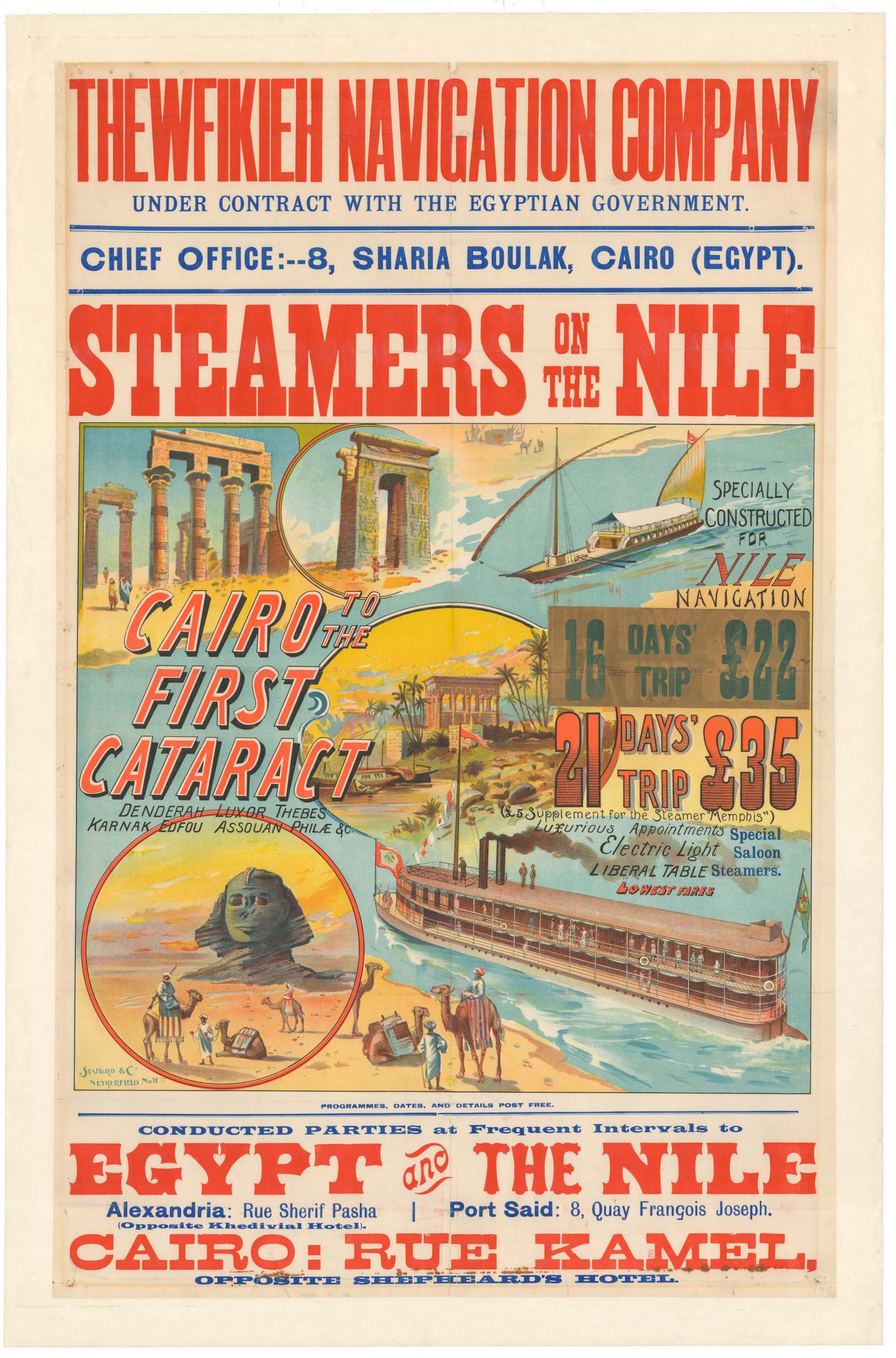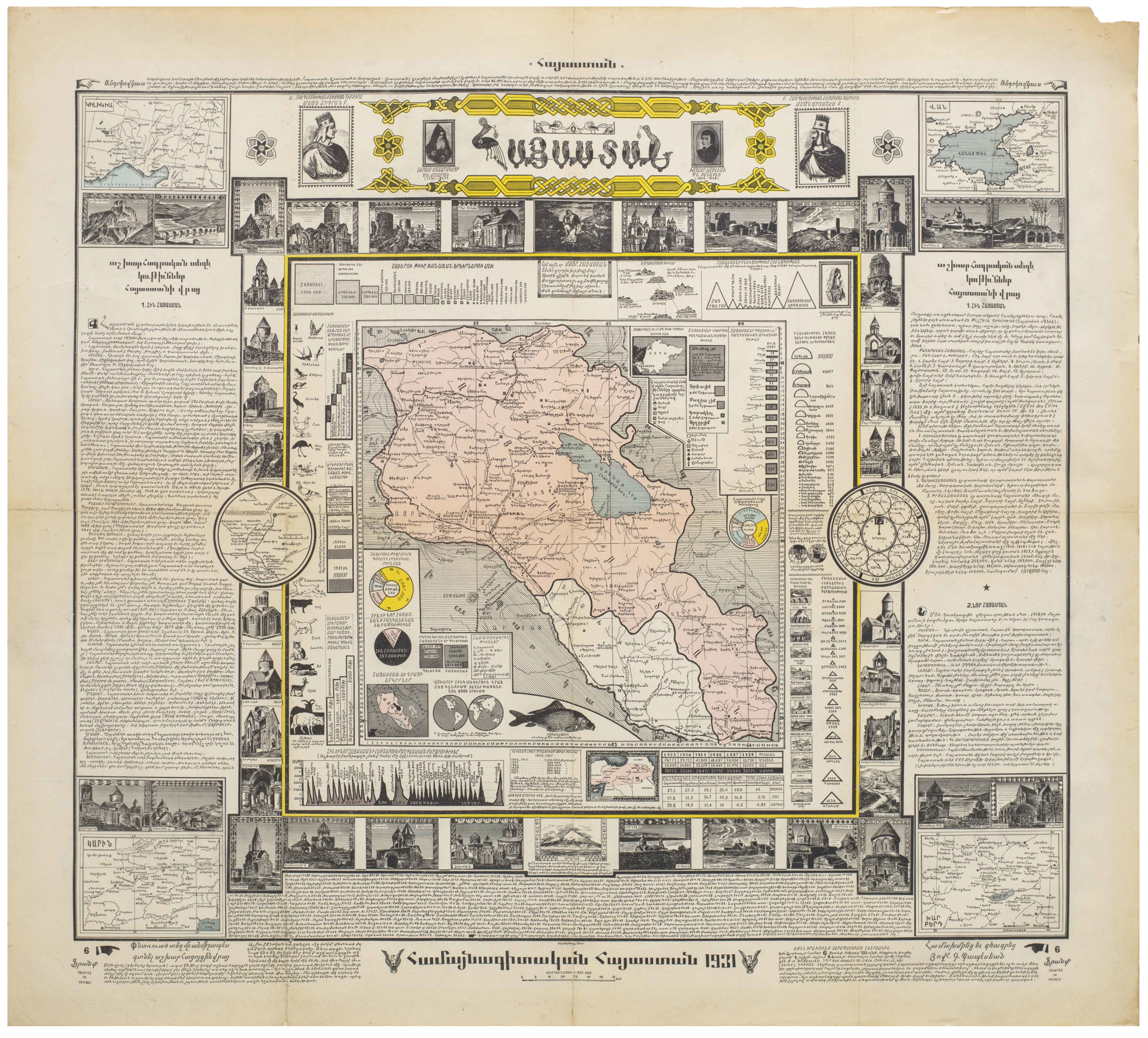New York Philharmonic thematic map tracing the history of classical music from 1650 to 1950.
Three Centuries Of Great Music
Out of stock
Description
The first example we have ever seen.
Fascinating thematic chart tracing the history of three centuries of classical music. Thoughtful and comprehensive, only the most knowledgeable classical music enthusiasts will be able to recognize all 100 composers listed on the chart. The presentation is organized in three main parts. At center, we find a timeline delineating the life spans of each composer, artfully organized as a descending bar graph, allowing the viewer to easily understand which composers were contemporaries. An informative text box placed to the upper right of the graph identifies and explains key musical terms, from Adagio to Vivace. To the left of the graph we find discussions of foreign pronunciation, musical composition, and the classification and origin of various instruments, including of course instruments such as the violin, harp, and French horn, but also more obscure examples like the oboe d’amore, tam-tam, and celesta.
On either side of the central timeline, the chart features short biographies of each composer, with a short description of their lives and key works. The left side begins with Arcangelo Corelli, born in 1653 and ends with Clement Delibes, born in 1836. In between, of course, lived some of the most famous figures in the history of classical music, including: Scarlati, Vivaldi, Handel, Bach, Haydn, Mozart, Beethoven, Rossini, Schubert, Chopin, Wagner, Verdi, Brahms, and more. While in this way the chart reveals the dominance of the first centuries of the genre, some big names are found on the right side as well, for example: Tchaikovsky, Faure, Mahler, Debussy, Strauss, Rachmaninoff, Stravinsky, and Shostakovich.
Overall, this work constitutes a clever visualization that will certainly be appreciated by lovers of classical music or music historians in general. The biographies often include witty one-liners and editorials. About Giacomo Puccini, for example, we read: “This composer insisted he was not a great composer, and many people have agreed with him.” Felix Mendelssohn’s music is described as “a masterpiece of artistic feeling and polish, but not the profound creation of an anguished soul.” The entries are well-written and informative. On Henry Purcell, we are told that he was the “most talented of English composers,” but that “consumption cut short this promising life.” Or that Francois Couperin was the “first composer to establish systematic teaching method and technique for harpsichord (clavecin). Important influence upon J.S. Bach.” A unique item.
Cartographer(s):
Condition Description
Very good with minor marginal tears.
References

